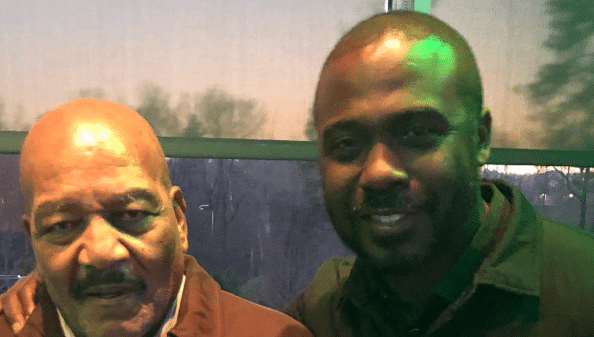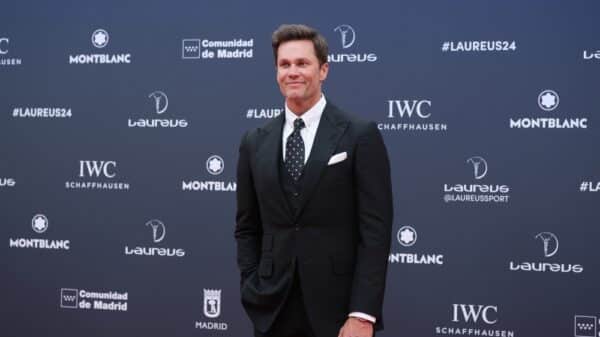Great actors don’t just step into a role; they transform themselves, sometimes going to extraordinary lengths to bring characters to life. Among those who elevate their craft even further are method actors, especially those shaped by the teachings of Lee Strasberg. Robert De Niro stands as a quintessential example of this dedication. With a remarkable career spanning over five decades, he’s not just a household name; he’s an icon in the film industry.
When we think of legendary performances, Taxi Driver inevitably comes to mind. This neo-noir drama, which has reached classic status over the years, showcases De Niro in one of his most demanding roles. To truly embody the character of Travis Bickle, he took his preparation to striking lengths—actually working as a cab driver. Imagine that for a moment; not only was he acting, but he was immersing himself in the gritty, often harsh reality of taxi driving in 1970s New York City.
Of course, stories about celebrities on the job often take on a life of their own. Rumors swirled that a passenger recognized De Niro while he was behind the wheel and asked if he was driving a taxi out of desperation for work after winning an Oscar. As with many anecdotes in Hollywood, details can blur over time, leaving us to wonder what’s true and what is embellished. Addressing this moment, De Niro himself clarified, “There was one time while I was working in the cab for about two weeks I looked through the rear-view mirror and the passenger could tell… that was the only time actually. No one looks at the cab driver.” He recounted this on *The Rich Eisen Show*, painting a vivid image of a familiar scene that many can relate to—often, cab drivers fade into the background of our busy city lives.
During his brief stint as a taxi driver, De Niro did earn a few dollars traversing the city but admitted that his experiences were largely uneventful. Surprisingly devoid of wild encounters, he didn’t meet any eccentric passengers or face the chaos that characterized New York in that era. It’s amusing to think how different things might have been had he decided to don Travis Bickle’s iconic mohawk while cruising through the streets.
As fascinating as this story is, it’s just one chapter in De Niro’s illustrious career. Alongside his impactful collaborations with director Martin Scorsese, another thread woven through his journey is his partnership with actor Joe Pesci. One story that stands out from their time working together on Raging Bull is the infamous incident where De Niro supposedly broke Pesci’s ribs during filming. This incident isn’t just a rumor; it speaks volumes about the intensity both actors bring to their craft.
De Niro’s portrayal of the infamous boxer Jake LaMotta required a level of commitment that resonated throughout the production. While filming a sparring scene with Pesci, who played LaMotta’s brother Joey, an accident occurred. De Niro’s punch landed with unexpected force, sidelining Pesci with a rib injury. Instead of stopping the filming or reshooting the scene, director Martin Scorsese made the bold decision to keep the shot, resulting in a moment that felt raw and real—the pained reaction we see was explicitly genuine.
Reflecting on this experience, De Niro shared, “That could be true. I didn’t know. I mean I was holding my punches, but apparently, I did crack his rib… If Marty says he did, he did.” This acknowledgment highlights how committed De Niro is to his work, capturing the spirit of a character while still trying to ensure the safety of his co-star.
It’s moments like these that illustrate not just De Niro’s dedication but also Savvy Scorsese’s ability to capture the essence of authenticity on screen. The chemistry between these two cinematic powerhouses is palpable; they share a creative language that few director-actor pairs manage to achieve. Their bond has shaped some of the most memorable films in the history of cinema, ensuring that De Niro’s performances resonate with audiences on a deeper level.
In an industry built on facade and performance, Robert De Niro’s commitment to realism remains a refreshing reminder of the passion and dedication that shape lasting art. Understanding the lengths he’s willing to go for his roles helps us appreciate not only the characters he portrays but the man behind them—a hard worker who puts everything on the line, heart and soul, every single time.
Image Source: 4.murat / Shutterstock
























